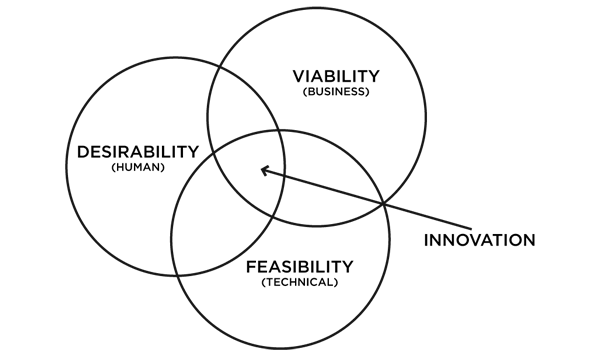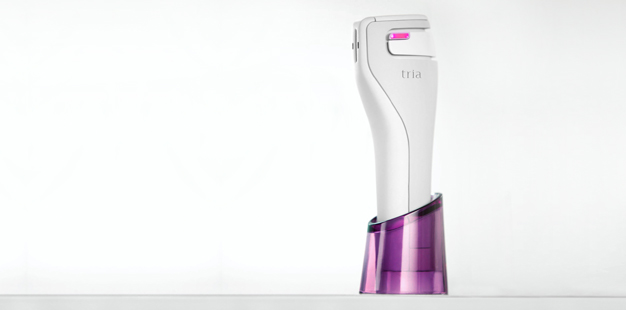How do designers develop final products that satisfy the users’ wishes? Products that do exactly what the consumer wants without wasting time doing what it wants? Products like these just don’t magically happen. The answer is by identifying consumer needs. In fact, user-centered design requires focusing on the product’s potential users from the very beginning and checking-in with them each step of the way to make sure these users like and are comfortable with the final design. When it comes to designing a successful product, “the customer is always right.”
The process for identifying consumer needs begins with defining the market. This involves defining the target audience, identifying competitors and determining the core user needs and wishes that must be fulfilled for the product to succeed. Then raw data must be gathered through interview, focus groups, and observation. This gives the designer an understanding of the users’ goals and tasks, the strategies they use to perform the tasks, the tools they currently use, any problems they experience, and the changes they would like to see in their tasks and tools. Next, the raw data can be interpreted and categorized into need statements, which explicitly express the features consumers want in the product. After need statements have been established, designers can organize the users’ needs. Typical methods include asking users to list and prioritize tasks and observing users accomplishing their tasks. Also, asking users to complete their tasks using competitors’ products and assessing their overall satisfaction with each one helps organize consumer needs. After this step, it is necessary to establish the importance of each need expressed by the consumer. A common method involves asking the users to list the strengths and weakness of the products used in order of importance. Surveys are also useful in this procedure. After that, the designer can reflect on the results from the process and formulate designs based on the consumer input. However, the process does not end here. It is necessary to continually improve the product by periodically soliciting user feedback on the evolving design.
One design firm that has perfected user-centered design is IDEO. IDEO takes a human-centered, design-based approach to helping organizations innovate and grow that they have termed design thinking. “Design thinking is a human-centered approach to innovation that draws from the designer’s toolkit to integrate the needs of people, the possibilities of technology, and the requirements for business success,” said Tim Brown the CEO and president of IDEO. This design thinking approach brings together what is desirable from a human point of view with what is technologically feasible and economically viable. IDEO creates innovative products, services, spaces, and experiences for companies such as Procter & Gamble, Pepsi-Cola, and Samsung and helps companies build cultures based on innovation. IDEO’s renowned process of innovation have given rise to the Apple mouse, the first laptop computer, the Polaroid I-Zone instant camera, the Palm V, the soft-handled Gripper toothbrush for Oral-B, and hundreds of others.
One fine example of IDEO’s design thinking is a product called the Tria Skin Rejuvenating Laser for Tria Beauty, which is a hand-held device that combines professional anti-aging laser technology with an elegant design for at-home skin care. Tria Beauty teamed up with IDEO to launch this new anti-aging device for use in daily beauty regimens. It was designed for women of all skin types who desired professional anti-aging benefits. During the research phase, the IDEO team sought to understand how potential customers thought about their skin and signs of aging, what they were doing about it, and what they thought about the existing options. This research led to the concept for the overall design: a device that expressed the professional power of the laser in a controlled, delightfully beautiful form, while also fitting effortlessly on bathroom counters and dresser tops and into nightly anti-aging skin care routines. Purchasers praised its ease of use, achieved by a sophisticated human-centered design interface. The laser is just one example of IDEO’s design thinking that incorporated consumer needs into the design. Overall, it can be seen that user-centered design is a method that identifies customer needs in order to create a final product that satisfies the users’ wishes.



Do you mind if I quote a few of your articles as long as I provide credit and sources back to your weblog?
My blog is in the very same niche as yours and my visitors would genuinely benefit from a lot of the information you present here.
Please let me know if this okay with you. Thanks a
lot!
Very good first blog and a nice intro to CNA and UCD. CNA realkly stresse sales and immediate market needs expressed by the consumer. This is usually not very innovative. UCD is a more open concept and you can probe more deeply into what users actually need including what they might like had they thought about it. More convincing data comes from focus groups interviews and best of all trials
grade 100